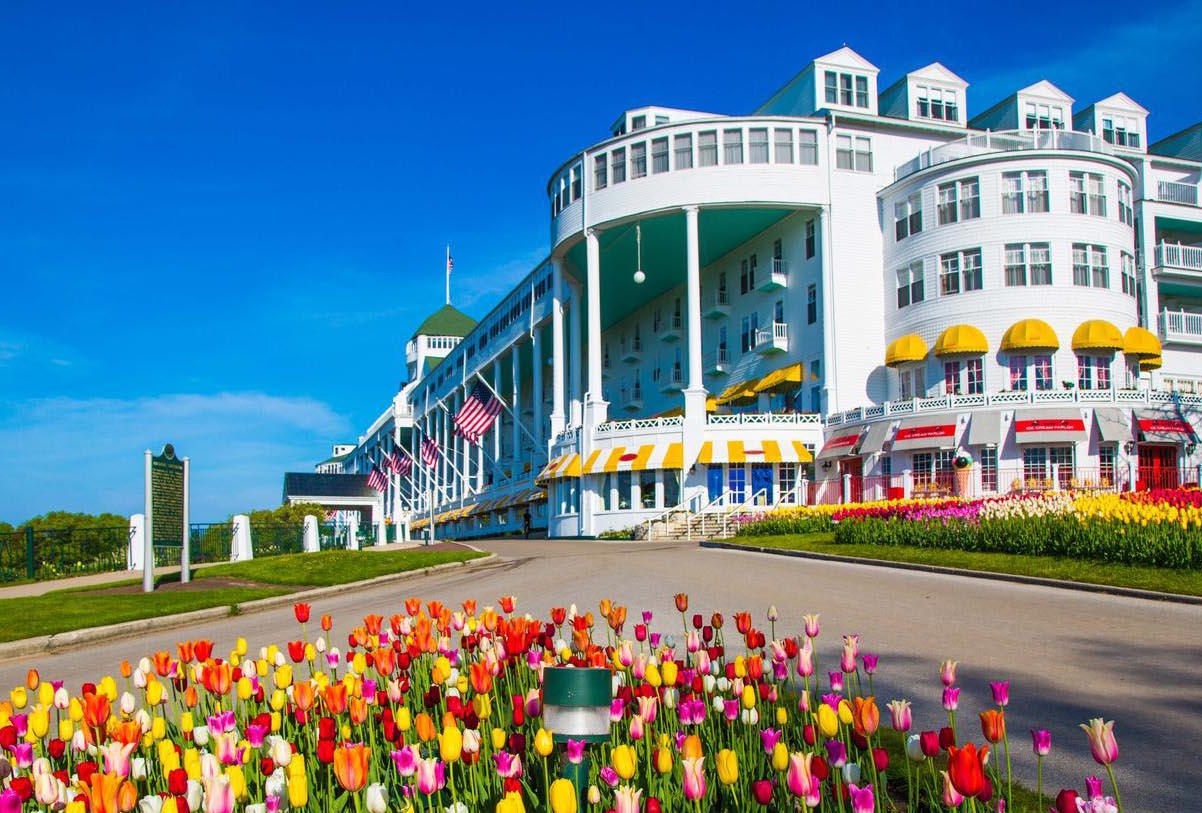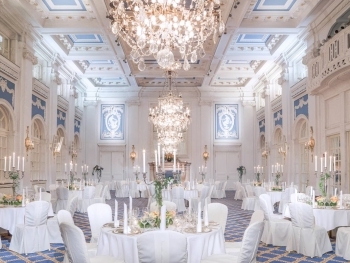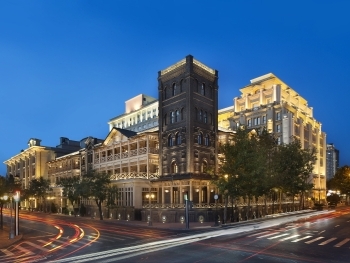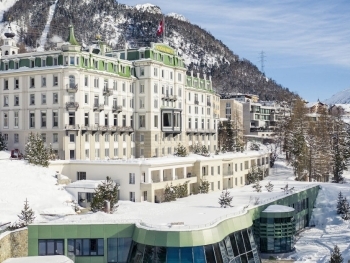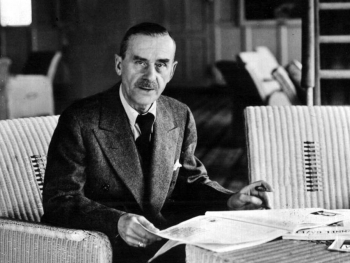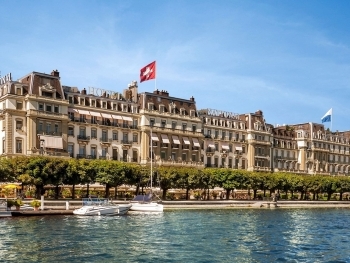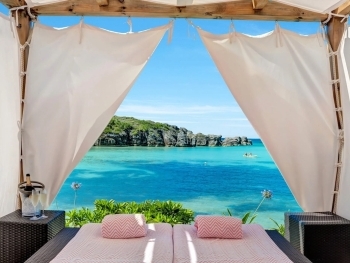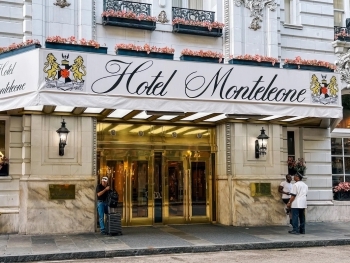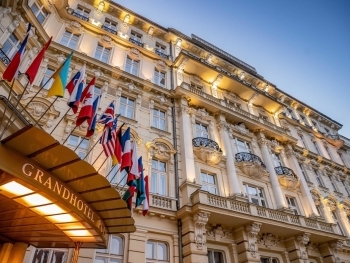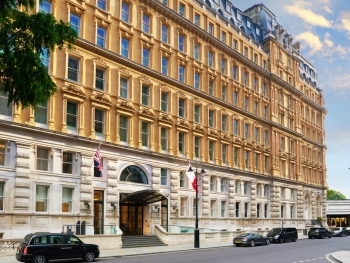The Birth of a Grand Idea (1886-1887)
In the late 19th century, Mackinac Island was gaining popularity as a summer retreat, yet it lacked sufficient accommodations to cater to the influx of visitors. Recognizing this opportunity, three prominent transportation companies—the Michigan Central Railroad, Grand Rapids and Indiana Railroad, and Detroit and Cleveland Steamship Navigation Company—collaborated to form the Mackinac Island Hotel Company. They acquired the land where the Grand Hotel stands today and commenced construction. By 1887, the Grand Hotel opened its doors, promoting itself as a premier summer destination for travelers arriving by lake steamer from cities such as Chicago, Erie, Montreal, and Detroit, as well as by rail from various parts of the continent. The nightly rates ranged from $3 to $5, a modest sum even by the standards of the time.
The 1890s: A Hub of Social Activity and Innovation
During the 1890s, the Grand Hotel's Front Porch, touted as the longest in the world, became the social epicenter of Mackinac Island. It served as a popular meeting spot, a scenic promenade for the elderly, and a romantic "Flirtation Walk" for young couples. Manager James "The Comet" Hayes invited an agent of Edison Phonograph to demonstrate this groundbreaking invention, attracting considerable attention.
In 1895, the hotel hosted a lecture by the illustrious Mark Twain in its casino, with admission set at $1. By 1897, the hotel expanded with the addition of the West Wing, enhancing its capacity and charm.
Entering the 20th Century: Modernization and Milestones
As the 20th century dawned, the automobile made its appearance on Mackinac Island. The Grand Hotel, valuing the island's tranquil ambiance, supported a ban on automobiles—a regulation that was strictly enforced by the 1930s.
By 1919, the daily rate at the hotel had risen to $6 per person. That same year, W. Stewart Woodfill, initially hired as a desk clerk, would eventually purchase the hotel in 1933, becoming its sole owner. Under his ownership, the Grand Hotel continued to evolve. In 1935, a radio salon was introduced, where guests could enjoy popular programs like those of Jack Benny.
Mid-Century: Hollywood and Historical Recognition
In 1949, the Grand Hotel gained Hollywood fame when the film This Time For Keeps, starring Jimmy Durante and Esther Williams, was shot on the island and within the hotel. Two years later, R.D. (Dan) Musser joined the hotel staff, setting the stage for future leadership.
The Michigan Historical Association designated the Grand Hotel as a State Historical Building in 1957, recognizing its significant heritage. By 1960, Woodfill had appointed Dan Musser as president of the Grand Hotel. The subsequent decades saw Dan and his wife Amelia spearhead an extensive redesign of the hotel's interiors and exteriors, collaborating with architect Richard Bos and decorator Carleton Varney.
The Musser Era: Expansion and Cultural Legacy
In 1979, the Musser family purchased the Grand Hotel, marking the beginning of a new era. The following year, the iconic film Somewhere In Time, featuring Christopher Reeve, Jane Seymour, and Christopher Plummer, was filmed at the Grand Hotel, further embedding it in popular culture.
Significant enhancements continued throughout the 1980s. In 1987, the Cupola Bar was added, the Woodfill Conference Center was completed, and the Jewel golf course was renovated. In 1989, the East Wing was added, and the U.S. Department of the Interior designated the Grand Hotel as a National Historic Landmark. This year also saw R.D. (Dan) Musser III named as the hotel's president.
Continuing Growth into the 21st Century
The 1990s and 2000s were periods of continued growth and innovation. In 1994, the new Woods nine opened, creating The Jewel, an 18-hole golf course. By 1998, five new named rooms, honoring first ladies Barbara Bush, Lady Bird Johnson, Betty Ford, Rosalynn Carter, and Nancy Reagan, were introduced along with two new suites.
In 2000, the Millennium Wing, featuring a 300-seat addition to the Main Dining Room and 42 new guest rooms, marked the hotel's largest expansion. This wing opened in 2001, including the Grand Pavilion, a substantial private meeting and dining space.
By 2003, the Masco Cottage, a four-bedroom addition, increased the total number of guest rooms to 385. In 2004, the Grand Club was formed, and in 2006, the Gate House bar and restaurant was added, offering casual dining, live music, and both indoor and outdoor seating.
The Grand Hotel of Michigan stands as a testament to the island's rich history and enduring charm. From its humble beginnings in the late 19th century to its current status as a National Historic Landmark, the hotel has continually adapted and expanded, offering guests a blend of historic elegance and modern amenities.
